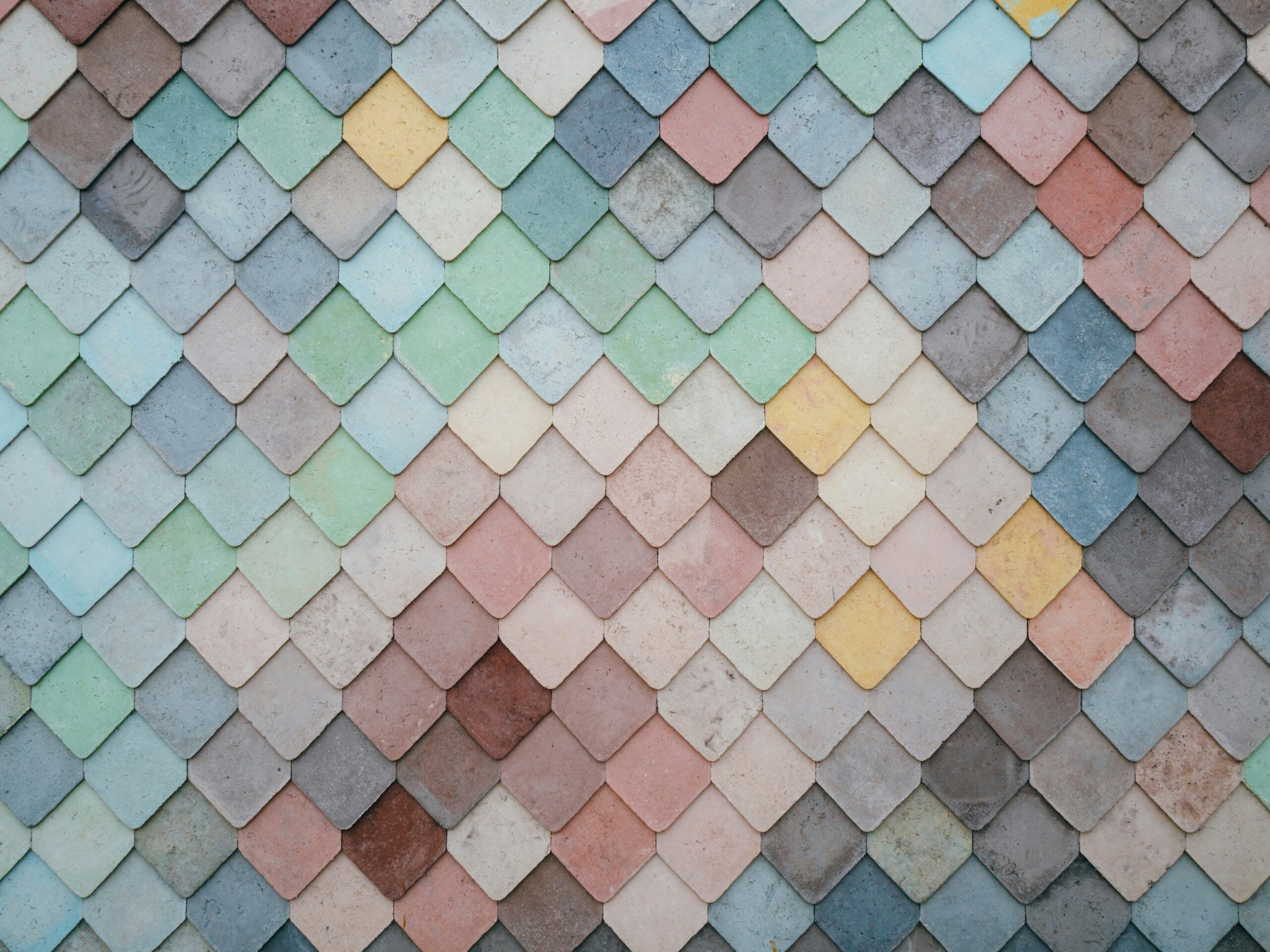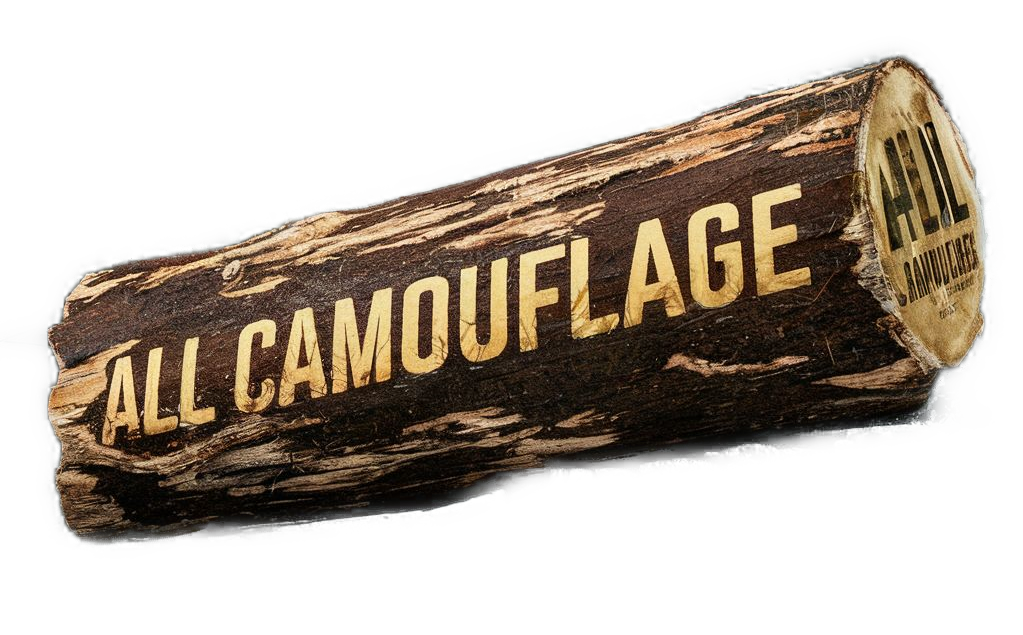When it comes to fishing camouflage, it’s natural to wonder if certain colors or patterns are more effective than others. After all, blending in with our surroundings can make all the difference in successfully hooking that elusive catch. So, in this article, we’ll explore whether there are any specific colors or patterns that work best for fishing camouflage. Whether you’re a seasoned angler or just starting out, you won’t want to miss out on these tips and tricks to enhance your fishing experience.
Understanding Camouflage
Camouflage plays a crucial role in fishing, as it helps anglers blend in with their surroundings and remain unseen by fish. By effectively concealing themselves, anglers increase their chances of success and improve their overall fishing experience. To fully understand the importance of camouflage in fishing, it is crucial to delve into the concept of breakup and background matching.
Role of Camouflage in Fishing
Camouflage serves as a means for anglers to disguise themselves and break their visual outline against the background. When anglers blend in seamlessly with their surroundings, it becomes much harder for fish to detect their presence, giving them a distinct advantage. This principle is based on the concept of “breaking up” the human form, making it difficult for fish to perceive the angler as a potential threat.

Concept of Breakup and Background Matching
Breakup refers to the disruption of the angler’s silhouette against the background. By wearing camouflage clothing that mimics the surrounding environment, such as foliage or underwater structures, anglers can effectively blend in and avoid detection. Background matching goes hand in hand with breakup, as it focuses on choosing camouflage colors and patterns that closely resemble the natural elements in the fishing environment.
Principles of Colors in Fishing Camouflage
Understanding the principles of colors is essential when it comes to choosing effective camouflage for fishing. However, it’s important to note that color perception underwater differs from how colors appear on land.
Color Perception Underwater
Water acts as a filter, altering the way colors are perceived by fish. As light penetrates the surface, longer wavelengths, such as reds and oranges, are absorbed quickly, while shorter wavelengths, like blues and greens, penetrate deeper. This means that colors like red or orange may appear muted or even invisible to fish at certain depths, while blues and greens remain more vibrant and easily distinguishable.
Effect of Light and Depth on Color Visibility
Light and depth further influence the visibility of colors underwater. As anglers venture into deeper waters, the available light decreases, making colors appear darker and less pronounced. It’s crucial to consider the water’s depth and clarity when choosing camouflage colors, as colors that blend well in shallow, clear waters may not be as effective in deeper or murkier environments.

Effective Camouflage Colors for Different Water Types
Different water types call for specific camouflage colors, as the natural elements vary drastically between freshwater, saltwater, and turbid waters.
Effective Colors for Freshwater
In freshwater environments, where vegetation and foliage dominate, shades of green and brown are effective for blending in. The green hues mimic the colors of aquatic plants and leaves, providing anglers with excellent camouflage. Additionally, browns can blend well with the mud and sediment found at the bottom of many freshwater bodies, helping anglers blend in seamlessly.
Effective Colors for Saltwater
Saltwater environments often feature a vast range of blue and green tones. Blue-gray and gray colors are ideal for blending in with the open ocean, while lighter shades can mimic the hues of the sky. Anglers should also consider the surrounding flora and choose colors that match the seaweed or other marine vegetation in the area they are fishing.
Effective Colors for Turbid Waters
Turbid or murky waters, characterized by reduced clarity, require different camouflage tactics. Darker colors, such as black or dark brown, help anglers blend in with the sediment and debris suspended in the water. These colors minimize their visibility and increase their chances of remaining undetected by fish.
Influence of Fish Species on Camouflage
Different fish species exhibit distinct color preferences and behavioral characteristics, which in turn influences the effectiveness of camouflage.
Color Preferences by Different Fish Species
Some fish species are more attracted to certain colors, while others are indifferent or even avoidant of them. For example, bass are known to exhibit an affinity for red and chartreuse colors, making lures and bait in these colors more effective when fishing for bass. On the other hand, trout are more responsive to natural earthy tones like brown and olive.
Behavioral Characteristics Affecting Camouflage
Understanding the behavioral characteristics of fish species is crucial when choosing camouflage. Some fish, like catfish, are bottom-dwellers, making camouflage that matches the substrate essential for remaining undetected. Other fish, such as predatory species, may be attracted to flashy or contrasting colors, necessitating the use of bright or reflective camouflage.

Camouflage Patterns in Fishing
Patterns play a vital role in fishing camouflage, as they assist in further breaking up the angler’s silhouette and enhancing their concealment.
Role of Patterns in Fishing Camouflage
Camouflage patterns, such as mottled or dappled designs, contribute to breakup and assist anglers in blending in with natural backgrounds. These patterns imitate the complexity and irregularity found in nature, making it harder for fish to detect the angler’s presence.
Types of Effective Camouflage Patterns
There are various camouflage patterns specifically designed for fishing. These patterns often incorporate elements like foliage, water, or rocks to create a realistic and effective disguise. Examples include realistic aquatic plant patterns, camouflage patterns with a mix of browns and greens, or patterns mimicking the light reflection on the water’s surface.
Commonly Used Fishing Camouflage Colors
Certain colors have proven to be particularly effective in fishing camouflage due to their ability to blend in with different environments.
Blue and Grey Colors
Blue and grey colors work well in open water environments, such as oceans or large lakes. These colors help anglers blend in with the blue hues of the water, making them less noticeable to fish.
Green Colors
Green colors are well-suited for freshwater fishing, as they imitate the vegetation found in lakes, ponds, and rivers. By matching the surrounding foliage, anglers can stay hidden and increase their chances of success.
Brown and Neutral Colors
Brown and neutral colors are versatile and work well in various fishing environments. They can imitate muddy bottoms, blend in with rocks or sandy areas, and provide effective camouflage in both freshwater and saltwater scenarios.
Various Camouflage Fishing Technology
Advancements in technology have revolutionized fishing camouflage, offering anglers a wide range of specialized gear designed to enhance concealment.
Camouflage Fishing Gear Examples
Camouflage fishing gear includes clothing, such as jackets, pants, and hats, designed with specific patterns and colors to blend in with various environments. Additionally, fishing equipment, such as fishing rods, tackles, and boats, can be customized with camouflage patterns or colors to further enhance concealment.
Impact of Technology on Fishing Camouflage Patterns and Colors
Technological advancements in fabric manufacturing and printing techniques have allowed for more realistic and effective camouflage patterns. These advancements enable anglers to choose gear that precisely matches the natural elements of their fishing environment, increasing their chances of staying hidden from fish.
Effect of Weather and Season on Fishing Camouflage
Weather and seasons play a significant role in fishing camouflage, as they influence the overall conditions and appearance of the fishing environment.
Impact of Weather Conditions on Camouflage
Different weather conditions can affect the visibility and effectiveness of camouflage. During bright and sunny days, lighter colors may be more effective, as they mimic the brighter conditions. On the other hand, during overcast or rainy days, darker colors may be more appropriate, as they blend in with the dimmer lighting.
Importance of Matching Camouflage to Seasons
Seasonal changes bring about alterations in the fishing environment, necessitating adjustments in camouflage. For example, during fall, when leaves change color and vegetation thins out, camouflage patterns and colors should reflect these changes to maintain effective concealment.
Common Mistakes in Choosing Fishing Camouflage Colors
Despite the importance of selecting appropriate camouflage colors, anglers often make common mistakes that compromise their concealment.
Ignoring Light and Depth Factors
One common mistake is failing to consider the impact of light and depth on color visibility. Anglers may choose colors that work well on land or in specific conditions but become ineffective underwater, leading to reduced camouflage effectiveness.
Choosing Colors that Stand Out in Water
Another error is selecting colors that stand out too prominently in the fishing environment. Vibrant or contrasting colors may attract fish’s attention, making the angler more noticeable and decreasing their chances of success.
Essentials of Fishing Camouflage
To ensure optimal camouflage in fishing, anglers should prioritize certain key aspects that contribute to overall effectiveness.
Importance of Versatility in Fishing Camouflage
Versatility is crucial when selecting fishing camouflage. Ensuring that the chosen colors and patterns can adapt to different environments and conditions enhances the angler’s ability to remain concealed in various fishing scenarios.
Meeting the Camouflage Needs of Different Fishing Scenarios
Different fishing scenarios call for specific camouflage needs. Whether it’s freshwater, saltwater, clear or turbid waters, or specific fish species, anglers should assess the unique characteristics of each situation and select camouflage that meets those requirements. By understanding the target species, the environment, and the prevailing conditions, anglers can optimize their camouflage choices and increase their chances of success.
In conclusion, understanding the role of camouflage in fishing is vital for any angler seeking to enhance their skills and improve their fishing experience. By considering factors such as color perception underwater, the impact of light and depth, and the influence of fish species, anglers can make informed decisions when choosing effective camouflage colors and patterns. Furthermore, by avoiding common mistakes and embracing technological advancements, anglers can maximize their concealment and increase their chances of success in various fishing scenarios. So, before your next fishing excursion, take the time to assess your camouflage needs and equip yourself with the appropriate gear to enhance your stealth on the water. Happy fishing!

